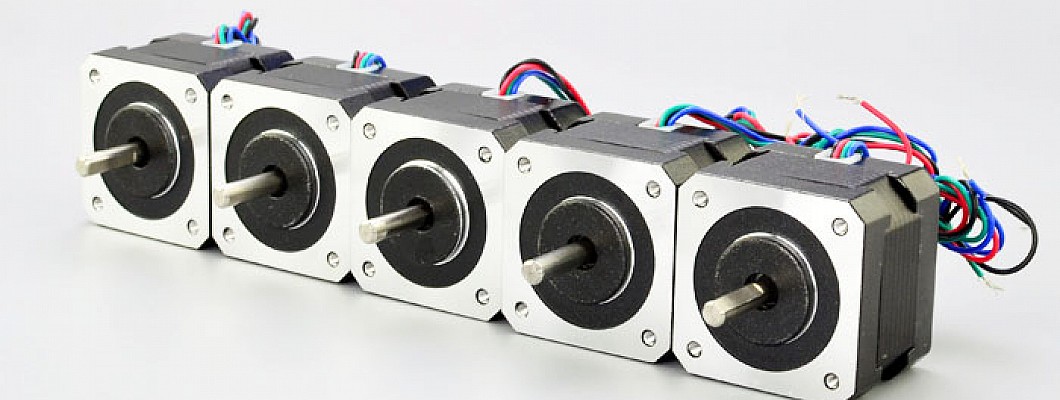
1. Change the control signal
The simplest way to change the direction of a stepper motor is to change the control signal, that is, change the level pattern of the signal. The control signal can be high level or low level, and depending on the level mode, the direction of the stepper motor will be different. Therefore, as long as the level pattern of the control signal is changed, the direction of the stepper motor can be reversed.
2. Using external circuits
Another method to change the direction of the stepper motor is to use an external circuit, that is, the external circuit can change the level pattern of the control signal to achieve the purpose of changing the direction of the stepper motor. The external circuit can be a circuit board or a peripheral circuit composed of resistors, capacitors and inductors. By adjusting the voltage and current of the peripheral circuit, the level mode of the control signal can be changed, thereby changing the direction of the stepper motor.
3. Use reverse control method
Reverse control is a classic method of changing the direction of a stepper motor. It can be achieved through two control circuits, one for forward control and the other for reverse control. By switching the start and stop of the two control circuits, the direction of the stepper motor can be changed.
4. Use transistors
Using a transistor is another way to change the direction of a stepper motor. A transistor can control the current flow to the stepper motor. Changing the polarity of the transistor can change the direction of the stepper motor. Transistors can also be used to control the speed of stepper motors. The speed of a stepper motor can be changed by adjusting the current and voltage of the transistor.
5. Use an inverter
An inverter can also be used to change the direction of a stepper motor. An inverter can change the direction of current flow, thereby changing the direction of a stepper motor. The inverter can quickly change the direction of the stepper motor, which can effectively improve the performance and efficiency of the stepper motor.
6. Use relays
Relays can also be used to change the direction of a stepper motor. Relays can change the polarity of a circuit, thereby changing the direction of a stepper motor. In addition, the relay can also be used to control the speed of the stepper motor. The speed of the stepper motor can be changed by adjusting the voltage and current of the relay.
7. Some other methods
As we all know that the angle, speed, and direction of rotation of a stepper motor are related to the number, frequency, and power-on sequence of input pulses. So how to adjust the forward and reverse direction of the stepper motor? For this problem, it is mainly solved according to the following 2 methods.
The above are several methods to change the direction of the stepper motor. They can effectively change the direction of the stepper motor, thereby realizing the displacement and rotation of the device. In addition, sensors and microcontrollers can be used to achieve more functions, such as automatic control, automatic positioning and automatic adjustment.





















































